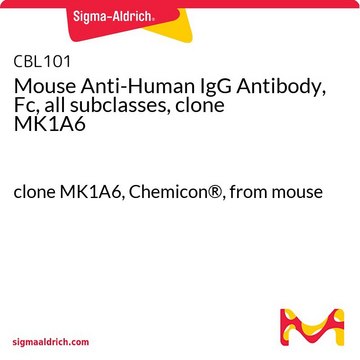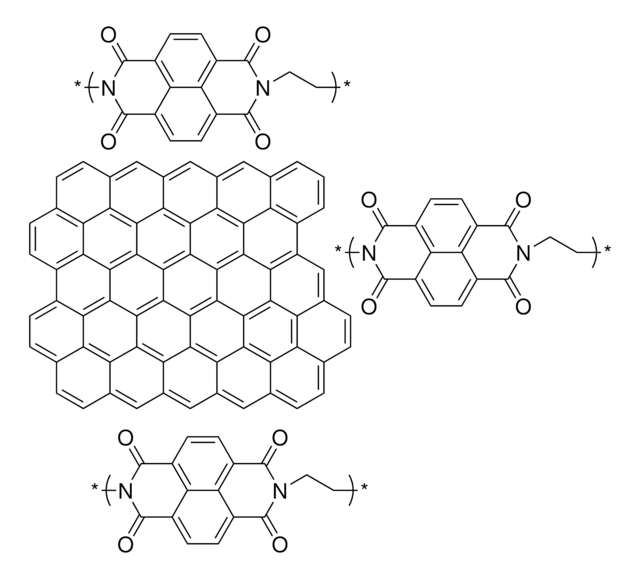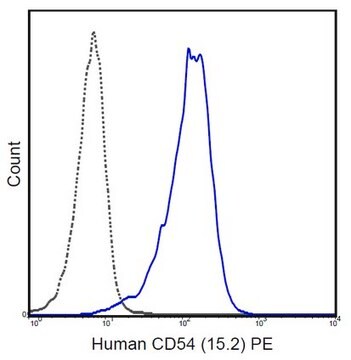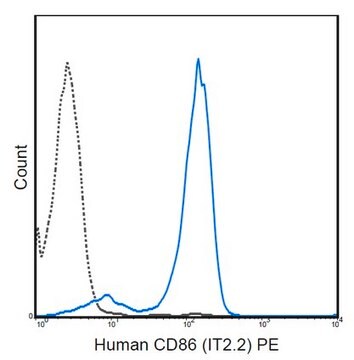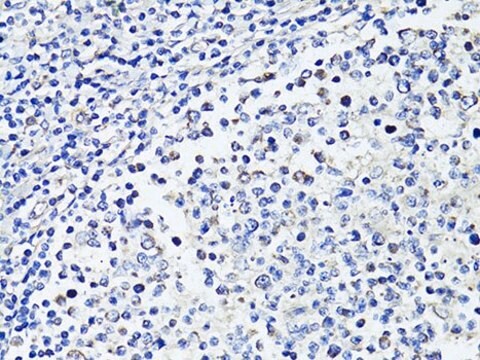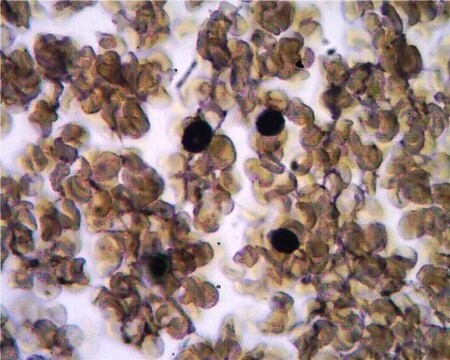5096
CD86 human
recombinant, expressed in E. coli, 0.5 mg protein/mL
About This Item
Prodotti consigliati
Origine biologica
human
Ricombinante
expressed in E. coli
Descrizione
0.1 mg recombinant human CD86 in 20 mM Tris-HCl buffer, containing NaCl, KCl, EDTA, L-arginine, DTT and glycerol.
Sterilità
Filtered sterilized solution
Saggio
≥90% (SDS-PAGE)
Stato
liquid
Confezionamento
pkg of 100 μg
Concentrazione
0.5 mg protein/mL
Numero d’accesso
NP_008820
N° accesso UniProt
Temperatura di conservazione
−20°C
Informazioni sul gene
human ... CD86(942)
Applicazioni
Use this procedure as a guideline to determine optimal coating conditions for the culture system of choice.
1. Thaw CD86 and dilute to desired concentration using serum-free medium or PBS. The final solution should be sufficiently dilute so the volume added covers the surface evenly (1-10 μg/well, 6 well plate).
2. Add appropriate amount of diluted material to culture surface.
3. Incubate at room temperature for approximately 1.5 hours.
4. Aspirate remaining material.
5. Rinse plates carefully with water and avoid scratching bottom surface of plates.
6. Plates are ready for use. They may also be stored at 2-8 °C damp or air dried if sterility is maintained.
Sequenza
Nota sulla preparazione
Codice della classe di stoccaggio
10 - Combustible liquids
Classe di pericolosità dell'acqua (WGK)
WGK 2
Punto d’infiammabilità (°F)
Not applicable
Punto d’infiammabilità (°C)
Not applicable
Scegli una delle versioni più recenti:
Certificati d'analisi (COA)
It looks like we've run into a problem, but you can still download Certificates of Analysis from our Documenti section.
Se ti serve aiuto, non esitare a contattarci Servizio Clienti
Possiedi già questo prodotto?
I documenti relativi ai prodotti acquistati recentemente sono disponibili nell’Archivio dei documenti.
Il team dei nostri ricercatori vanta grande esperienza in tutte le aree della ricerca quali Life Science, scienza dei materiali, sintesi chimica, cromatografia, discipline analitiche, ecc..
Contatta l'Assistenza Tecnica.
